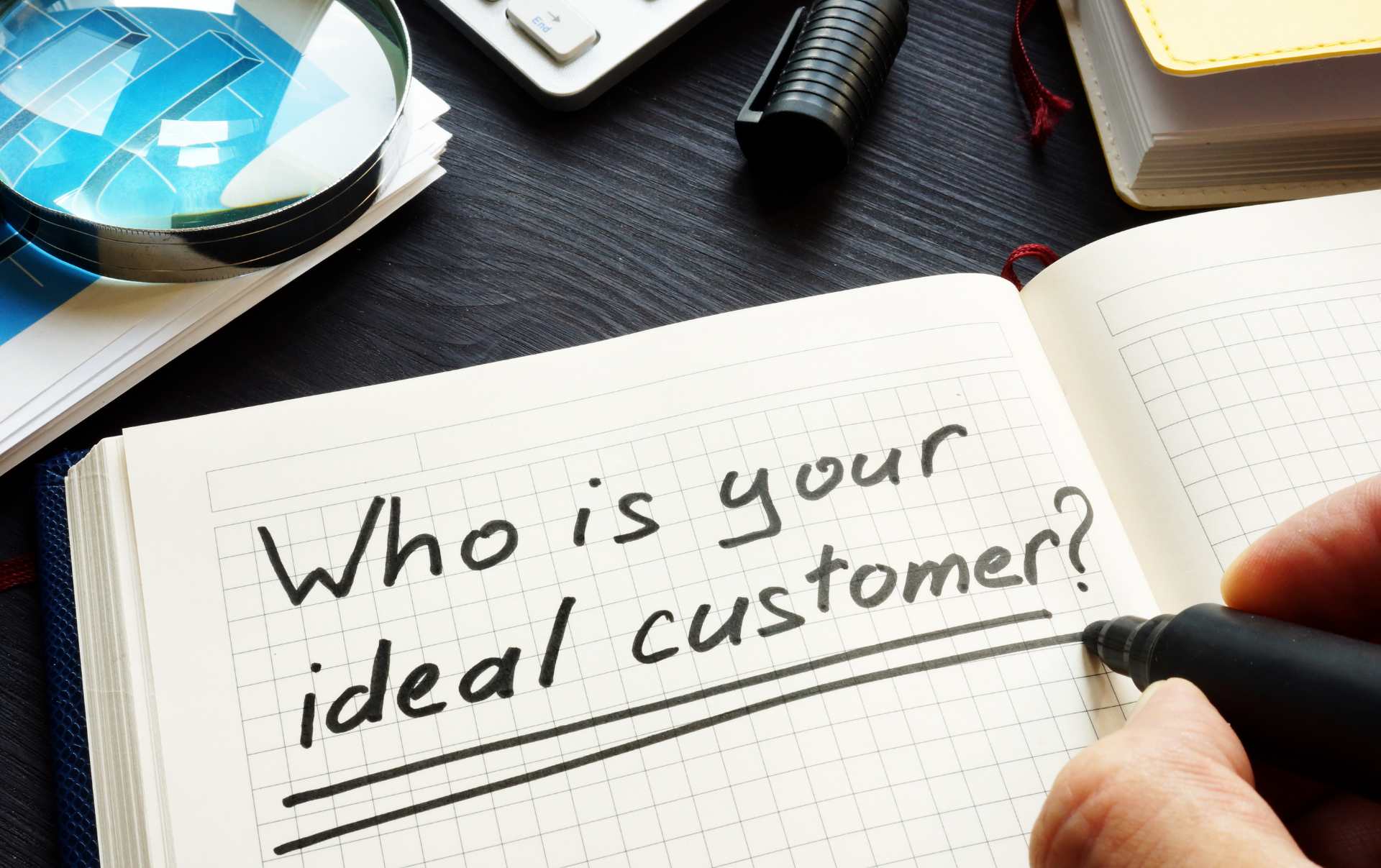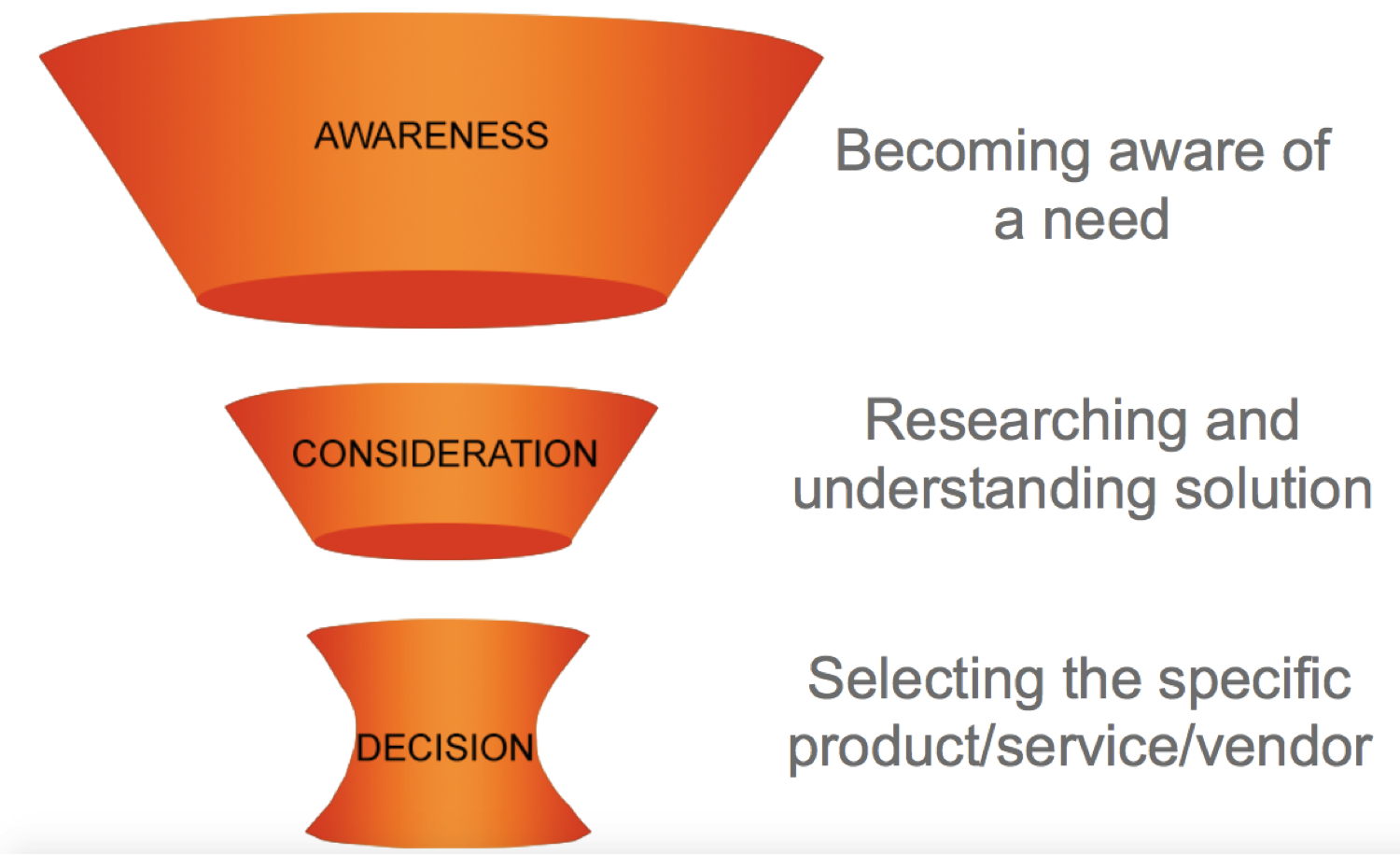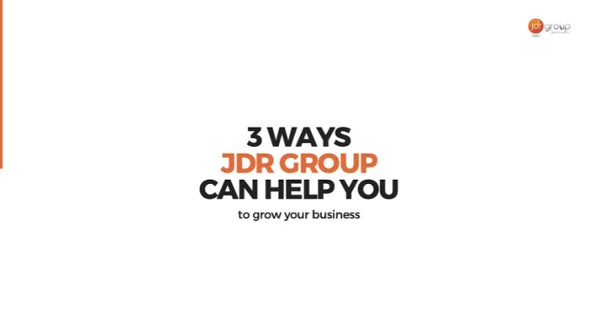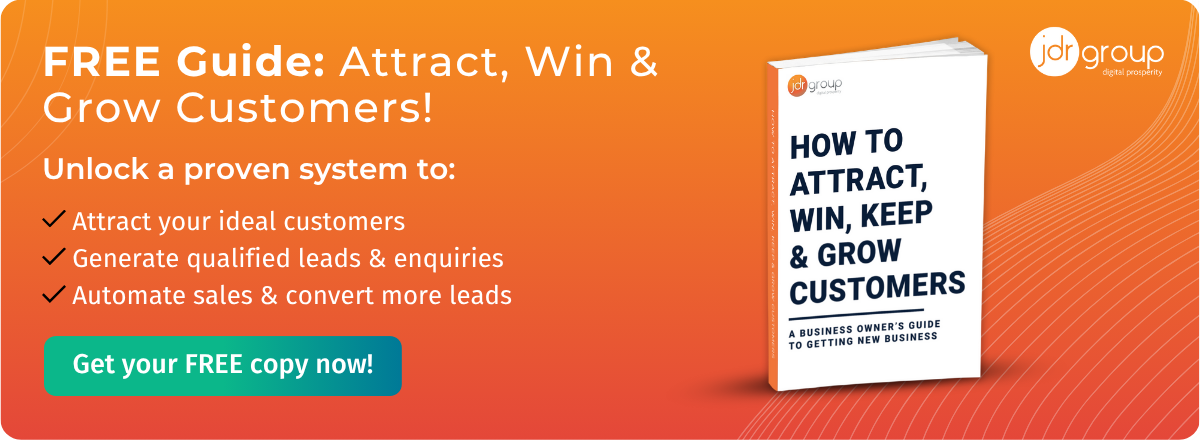Create Content That Attracts The Attention Of Your Ideal Customer
by Shirley Gibbins on 27-Feb-2023 13:00:00

Creating content that actually wants to be read is a great conundrum for all writers of all ages – and in the age of digital sales, it has also become the problem of individual business owners too.
If you’re going to invest time, money, and effort into creating digital content assets for your business, you want to be sure that they are optimised to attract the attention of your ideal customers, and prompt them to take the appropriate actions.
So, How Do You Get Started With The Process?
- You need to ensure your content aligns with the interests, purchase motivations, and challenges faced by your ideal customers - previously named Buyer Personas. An ideal customer is a semi-fictional representation of your ideal buyer, (someone who works at a company if you’re B2B, and not the corporate entity itself) based on research and genuine data about existing customers. Creating ideal customer documents goes hand-in-hand with your keyword research. Getting a deeper understanding of your ideal buyers will lead you to the types of keywords they use to find out information on Google – crucial insight you can use to fine-hone your content to address their needs.
- Your content should be accurately targeted to address the stage of the buyer journey reflected by the keyword search that prompts the visit. In other words, if your keyword is an Awareness level keyword, such as ‘What Is Content Marketing?’, readers that find your content are likely to just be doing general research, they won’t be ready to buy a marketing automation platform or sign up for an agency yet. Keep that in mind when creating content, the tone you use, and the call to action you use throughout.
Optimising Content For Your Ideal Customers
Ideal customers are subject to all of their own. For now, once you’ve identified your ideal customers in general terms, your next step is to understand what their needs and interests are, and how they might change based on their position in the buyer journey.
By understanding the context of each stage of the buying process, you can create relevant content that resonates with your customers and is recognised by Google as important information to answer that user’s questions, resulting in a higher ranking and even SERP positions.
Some of these pain points and challenges will be unique to your ideal customers and their industry. However, some universal pain points you may wish to address are:
- How to make a business case for your type of product or service, explaining financial ROI, cost-benefit analysis etc.
- How your products and services deliver practical value in real-world applications and situations faced by your personas, with a special emphasis on how they save time and money or boost productivity and efficiency.
- How to overcome general problems with service delivery, e.g. timescales, budgeting issues, and so on.
- The criteria to use when they are selecting different suppliers for their business.
- How to avoid quality issues or making the wrong choice of product/service.
Awareness Stage Content
A customer who is in the Awareness stage of the buyer journey is essentially a stranger to your business. They have very little brand engagement or awareness, and might simply be researching a problem they need to solve.
Creating content that addresses common questions and problems related to their topic will show them that you understand their needs. Content written for this stage of the buyer journey should focus on education and building trust.
Consideration Stage Content
When an ideal customer is in the Consideration stage, they are deciding on the method they will use to solve their problem. After researching the challenge in general, you should be comparing two or more potential solutions to let them decide which is the best fit for them. Here you should focus on providing key information about different solutions in the form of non-bias versus content or multiple solution list content. Consideration readers don’t need to know the nuts and bolts of your products and service yet, but they should be informed about the practical benefits and the value they deliver.
Content written for consideration readers should be as impartial as possible, helping prospects weigh their options and providing resources that enable them to make an informed decision – e.g. e-books, detailed blogs etc.
Decision Stage Content
Finally, the Decision stage is where customers are ready to commit and buy. Your job here is to convince the reader that your business is the supplier of choice, rather than your competitor.
Now is the time to go into prices, technical details, implementation, training, support, and side-by-side comparisons of different services.
Decision stage content should be written to inspire action, with incentives to make a purchase. Use your content to provide a consultative and assuring service, creating credibility and social proof by promoting customer success stories, testimonials, and case studies, and providing other free resources that demonstrate the value of your product or service (e.g. cost calculators, investment guides etc).
Tailored Content Marketing Services From Jdr
By closely aligning your content marketing strategy with your ideal customers, your keyword research, and the progressive stages of the buyer journey, you can create and publish content that resonates with your ideal customers and encourages them to take action.
To find out more about our content marketing services and how you can optimise your content to win more business from your ideal customers, please get in touch with one of the Content Marketing Team today at 01332 343281.
Image Source: Canva
- Inbound Marketing (SEO, PPC, Social Media, Video) (824)
- Strategy (363)
- Sales & CRM (195)
- Marketing Automation & Email Marketing (190)
- Business Growth (164)
- Website Design (160)
- Hubspot (138)
- Lead Generation (115)
- Google Adwords (98)
- Content Marketing (94)
- Conversion (48)
- Case Studies (47)
- News (47)
- Ecommerce (39)
- Webinars (34)
- SEO (24)
- AI (20)
- Events (19)
- Video (17)
- LinkedIn Advertising (15)
- Video Selling (15)
- Software training (13)
- Niche business marketing (11)
- The Digital Prosperity Podcast (10)
- Facebook Advertising (6)
- HubSpot Case Studies (5)
- December 2025 (10)
- November 2025 (6)
- October 2025 (17)
- September 2025 (16)
- August 2025 (14)
- July 2025 (14)
- June 2025 (5)
- May 2025 (19)
- April 2025 (15)
- March 2025 (13)
- February 2025 (13)
- January 2025 (8)
- December 2024 (2)
- November 2024 (4)
- October 2024 (21)
- September 2024 (4)
- August 2024 (8)
- July 2024 (14)
- June 2024 (16)
- May 2024 (25)
- April 2024 (15)
- March 2024 (18)
- February 2024 (5)
- January 2024 (10)
- December 2023 (6)
- November 2023 (10)
- October 2023 (13)
- September 2023 (12)
- August 2023 (14)
- July 2023 (13)
- June 2023 (14)
- May 2023 (15)
- April 2023 (13)
- March 2023 (14)
- February 2023 (13)
- January 2023 (15)
- December 2022 (13)
- November 2022 (6)
- October 2022 (8)
- September 2022 (22)
- August 2022 (15)
- July 2022 (13)
- June 2022 (16)
- May 2022 (14)
- April 2022 (16)
- March 2022 (17)
- February 2022 (11)
- January 2022 (8)
- December 2021 (6)
- November 2021 (7)
- October 2021 (11)
- September 2021 (10)
- August 2021 (7)
- July 2021 (7)
- June 2021 (4)
- May 2021 (4)
- April 2021 (1)
- March 2021 (3)
- February 2021 (5)
- January 2021 (4)
- December 2020 (7)
- November 2020 (6)
- October 2020 (5)
- September 2020 (9)
- August 2020 (18)
- July 2020 (17)
- June 2020 (17)
- May 2020 (10)
- April 2020 (21)
- March 2020 (24)
- February 2020 (21)
- January 2020 (12)
- December 2019 (23)
- November 2019 (12)
- October 2019 (14)
- September 2019 (16)
- August 2019 (15)
- July 2019 (13)
- June 2019 (6)
- May 2019 (8)
- April 2019 (4)
- March 2019 (2)
- February 2019 (2)
- January 2019 (2)
- December 2018 (3)
- November 2018 (24)
- September 2018 (11)
- August 2018 (9)
- June 2018 (3)
- May 2018 (6)
- April 2018 (14)
- March 2018 (12)
- February 2018 (16)
- January 2018 (15)
- December 2017 (15)
- November 2017 (18)
- October 2017 (23)
- September 2017 (19)
- August 2017 (28)
- July 2017 (27)
- June 2017 (25)
- May 2017 (18)
- April 2017 (17)
- March 2017 (16)
- February 2017 (17)
- January 2017 (14)
- December 2016 (21)
- November 2016 (27)
- October 2016 (25)
- September 2016 (16)
- August 2016 (20)
- July 2016 (19)
- June 2016 (14)
- May 2016 (20)
- April 2016 (24)
- March 2016 (22)
- February 2016 (28)
- January 2016 (27)
- December 2015 (28)
- November 2015 (19)
- October 2015 (9)
- September 2015 (12)
- August 2015 (5)
- July 2015 (1)
- June 2015 (10)
- May 2015 (3)
- April 2015 (11)
- March 2015 (14)
- February 2015 (15)
- January 2015 (12)
- December 2014 (2)
- November 2014 (23)
- October 2014 (2)
- September 2014 (2)
- August 2014 (2)
- July 2014 (2)
- June 2014 (7)
- May 2014 (14)
- April 2014 (14)
- March 2014 (7)
- February 2014 (2)
- January 2014 (7)
- December 2013 (9)
- November 2013 (14)
- October 2013 (17)
- September 2013 (3)
- August 2013 (6)
- July 2013 (8)
- June 2013 (4)
- May 2013 (3)
- April 2013 (6)
- March 2013 (6)
- February 2013 (7)
- January 2013 (5)
- December 2012 (3)
- November 2012 (2)
- September 2012 (1)
Subscribe by email
You May Also Like
These Related Blogs

Why Creating Buyer Personas Should Drive Your Marketing Strategy
The way marketing works in today’s market can be a frustrating process. One minute you’re generating good leads then the pipeline of leads stops and c …

The Buyer Journey: Why Your Website Doesn’t Work (As Well As It Could)
For some businesses, the buyer journey is fairly simple – people decide they want your product, they find your website, they buy it. If you sell ‘widg …





